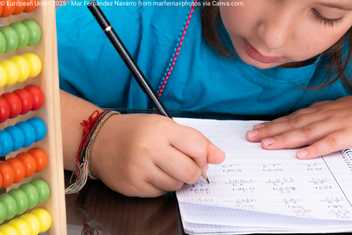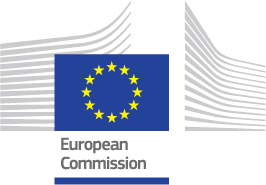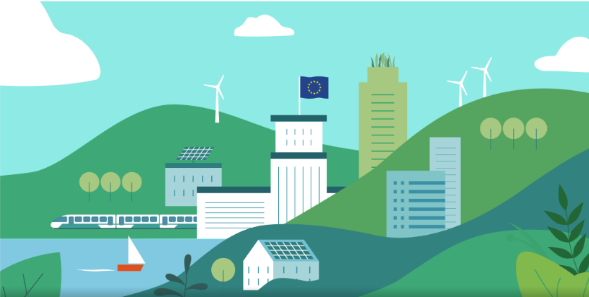Supporting children’s numeracy: the role of the home learning environment
Course details
Children acquire many academically and non-academically relevant skills within the framework of the home learning environment, which is why this context plays a crucial role in the early and later development of children's competencies, including in the field of mathematics. Therefore, teachers and educators should be aware of how parents can effectively support their children's mathematical learning and how they can collaborate successfully in this context. This includes topics such as the interaction between home and school, learning difficulties in mathematics, the usage of learning apps, and the homework situation.
This course on children's mathematical learning in the home learning environment not only provides a comprehensive overview of important and relevant aspects of the early and later home mathematics environment children experience, but also offers concrete ideas for fostering a successful partnership between professionals and parents to support children’s learning.
The course is offered by the European School Education Platform. Visit our website for more information.
Duration and workload
Start and end date: open-ended, you can take this course (or any section) at your own pace
Duration: self-paced
Workload: 8-10 hours
This course is based on a version that ran from Monday, 31 March 2025 to Wednesday, 16 April 2025. The original course provided participants with opportunities to interact during a specific active timeframe of 2.5 weeks, exchange ideas and engage in a peer assessment. However, we recognise that not everyone was able to attend during the scheduled timeline.
To make the course accessible to a wider audience, we’ve developed this self-paced format. This version allows you to explore the content and complete the activities at your own pace, whenever it suits you best.
What the self-study format means:
- Flexible schedule: You decide when and how to engage with the course materials. There are no deadlines, live sessions, or required meeting times.
- Independent learning: While the original course included discussions and peer reviews taking place in certain days and weeks, this format empowers you to work independently, using the same materials and guidance provided during the initial version. Please note that discussions in the forums and contributions on Padlets will not be moderated, allowing for a fully self-directed learning experience.
- Self-assessment: To replicate some of the reflective benefits of peer feedback, you will be encouraged to evaluate your own work using the provided assessment criteria.
Course competences
This course includes content & activities that develop the following competences according to the digital competence framework of the European Commission's SELFIE for TEACHERs tool:
- Professional engagement- Professional collaboration at B1 level
- Teaching and learning – Teaching at B2 level
- Digital resources – Searching and selecting at B2 level
For more information about the competences and the proficiency levels see the SELFIE for TEACHERs toolkit.
Target audience
Teachers from all school levels as well as other school staff, early childhood educators, parents of young children and anyone who is interested in enhancing their knowledge on children’s numeracy learning in the home learning environment.
Learning objectives
- Identify and describe key reasons why the home learning environment is important for children’s development, particularly in relation to numeracy skills.
- Analyse how the home learning environment influences children’s numeracy competencies and examine its role for both school-aged and older children by discussing concrete examples.
- Assess the challenges and potentials of learning apps and school homework by reviewing different apps and presenting findings.
- Propose strategies for successful parent-educator and parent-teacher collaborations by designing an actionable plan.
This content is offered by the European Commission. The European Commission is the European Union's politically independent executive arm. It is alone responsible for drawing up proposals for new European legislation, and it implements the decisions of the European Parliament and the Council of the European Union.

Schedule
- How this self-paced course works
- Module 1: Pupils’ learning in the home learning environment: an overview
- Module 2: Parental involvement in children’s math learning: successful partnerships
- Module 3: The final activity: putting home learning environment knowledge to use
- Certificate of completion: self-paced


